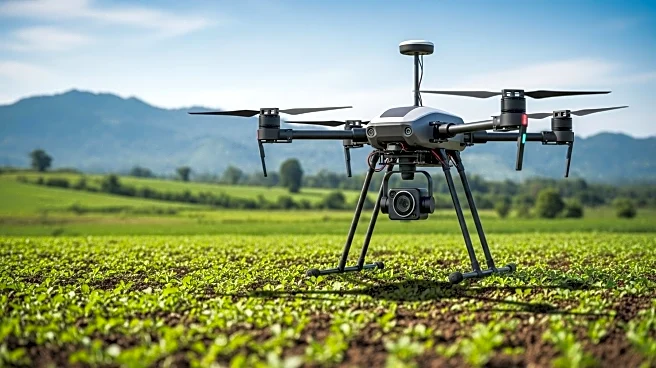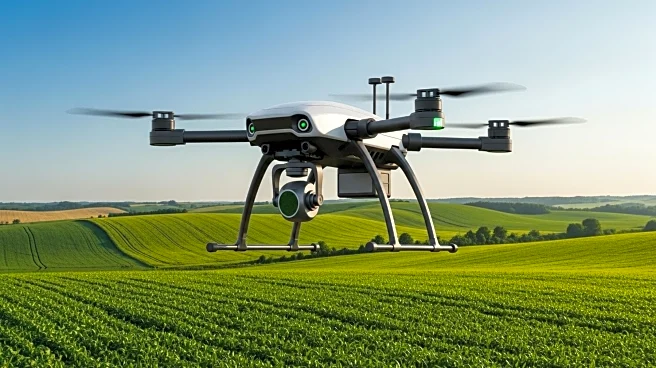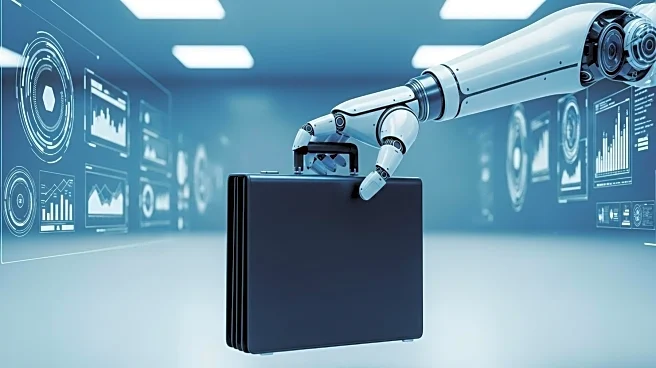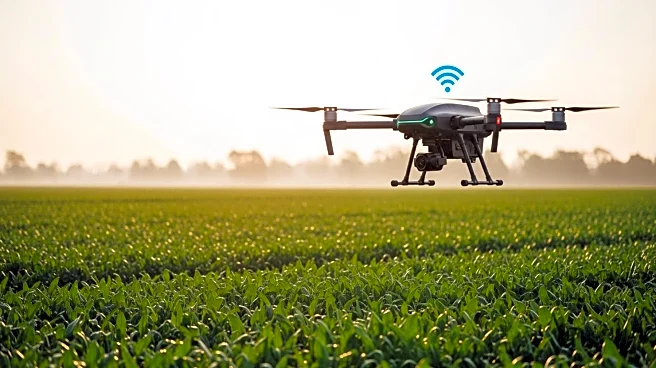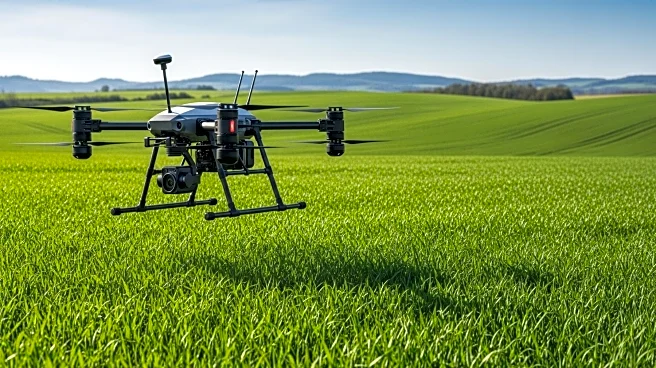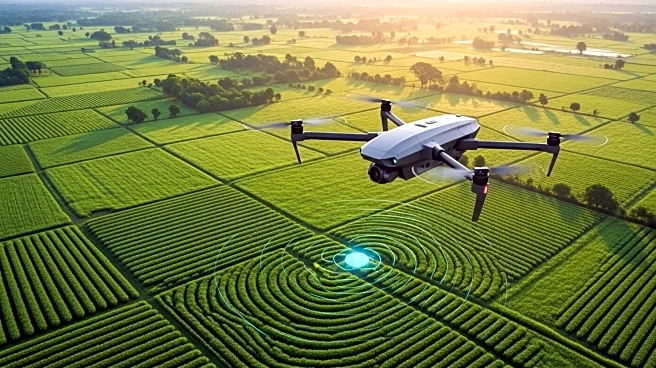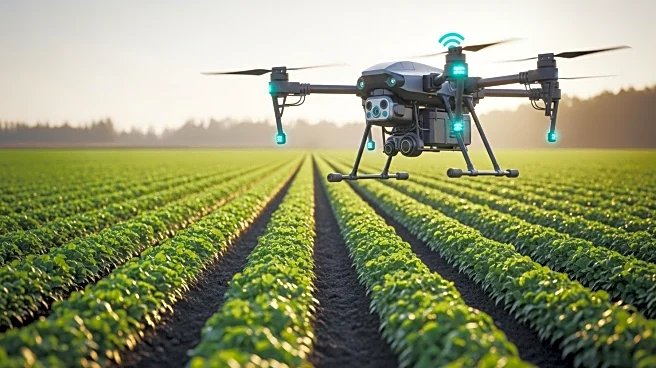What's Happening?
The integration of Artificial Intelligence (AI) into agriculture is poised to revolutionize rural life, marking a significant socio-economic transformation. AI projects suggest potential increases in agricultural crop yields by 15-20% annually, which could lead to improved production efficiency. However, the impact of AI extends beyond mere efficiency gains; it encompasses broader changes in rural communities. Positive scenarios predict enhanced labor markets, creation of skilled jobs, and improved working conditions. Regenerative agriculture and environmental sustainability are expected to flourish, decentralizing food systems and empowering small farms and rural communities. Conversely, negative scenarios foresee a decline in rural labor markets, increased monoculture farming, and environmental degradation, with power concentrated among a few large corporations. The future of rural communities will depend on the balance of interests managed by politicians, who act as intermediaries between farmers and AI developers.
Why It's Important?
The introduction of AI in agriculture holds significant implications for the U.S. economy and rural society. It could potentially increase agricultural GDP in low- and middle-income countries by 27%, translating to substantial economic benefits. The decentralization of food systems and empowerment of small farms could lead to more equitable distribution of resources and opportunities. However, the concentration of power among large corporations poses risks to diversity and sustainability. The role of politicians in regulating AI integration is crucial, as they must ensure fair deals between farmers and AI developers. The success of AI in agriculture will depend on addressing digital inequality and biased algorithms, which currently limit rural communities' control over their future. The potential for improved education, healthcare, and public services in rural areas through AI further underscores its transformative potential.
What's Next?
The future of AI in agriculture will be shaped by political actions and regulatory frameworks. National governments are adopting different approaches to AI implementation, with some focusing on safety and impact assessments, while others emphasize practical recommendations for rural integration. The U.S. Artificial Intelligence Institute has published guidelines for AI adoption in rural communities, emphasizing needs assessment, pilot projects, community engagement, and scaling solutions. The Australian government has launched an AI Assurance Framework to test AI safety and applicability. The effectiveness of these approaches remains to be seen, but they highlight the importance of political engagement and regulation in ensuring equitable AI integration. Rural voters' interest in political activities related to AI will be a key factor in determining the future of rural communities.
Beyond the Headlines
The integration of AI into agriculture raises ethical and cultural concerns, particularly regarding the loss of traditional agricultural skills and cultural heritage. The potential for 'digital agriculture infection'—where farmers lose touch with the land due to automation—poses challenges to rural identity and independence. Historical parallels, such as the Swing Riots following the invention of the threshing machine, suggest possible social unrest if AI leads to significant job losses. However, AI also offers opportunities for improved education and healthcare in rural areas, potentially bridging the gap between urban and rural services. The balance between technological progress and cultural preservation will be a critical consideration in the AI era.
